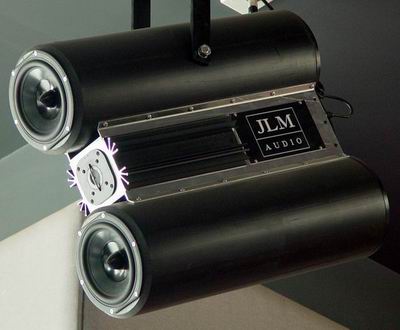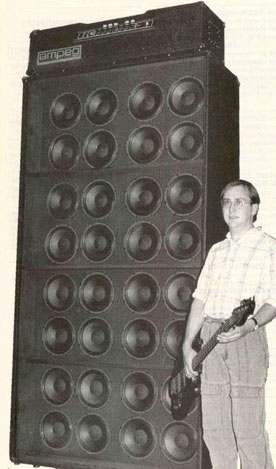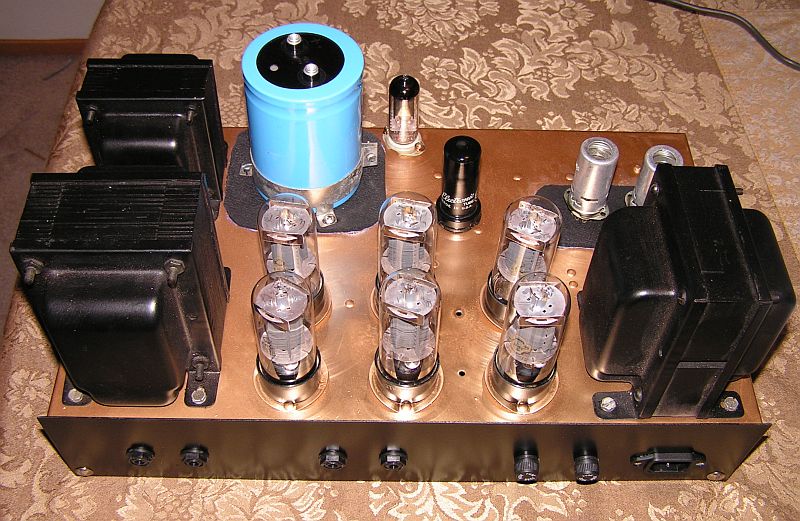G
Guest
Guest
[quote author="buttachunk"]my next speaker project;
http://www.partsexpress.com/projectshowcase/tubular/index.html
...but with different components...[/quote]
I saw results of calculations of frequency curves for differrent forms of speaker boxes, such "tubular" box had one of the curviest curve, where ball type enclosures give the flatter response. I suppose, vertically aligned balls may be the way to go.
http://www.partsexpress.com/projectshowcase/tubular/index.html
...but with different components...[/quote]
I saw results of calculations of frequency curves for differrent forms of speaker boxes, such "tubular" box had one of the curviest curve, where ball type enclosures give the flatter response. I suppose, vertically aligned balls may be the way to go.







